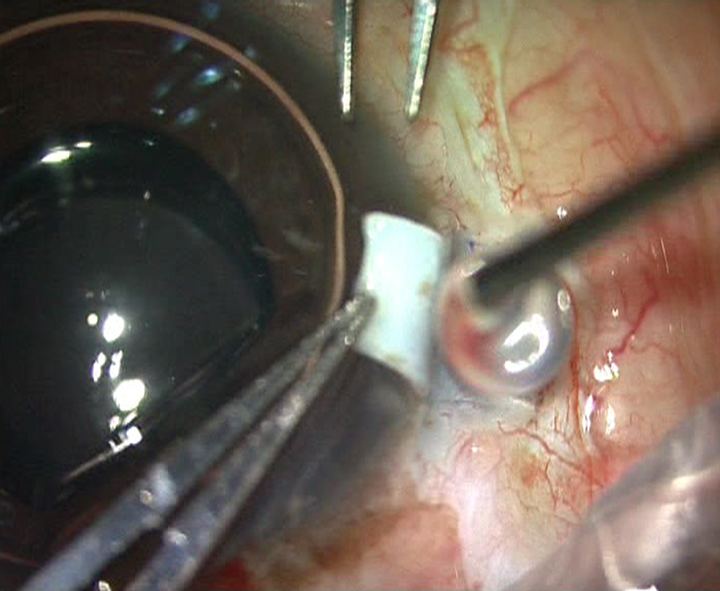 | ||
Fibrin glue (also called Fibrin sealant) is a formulation used to create a fibrin clot.
Contents
Composition
It is made up of fibrinogen (lyophilised pooled human concentrate) and thrombin (bovine, which is reconstituted with calcium chloride) that are applied to the tissue sites to glue them together. Thrombin is an enzyme and converts fibrinogen into fibrin monomers between 10 and 60 seconds giving rise to a three-dimensional gel.
Factors affecting structure
Factors that influence dimensional structure of fibrin gel giving rise to fine or coarse gel
- Changing concentration of fibrinogen
- Changing concentration of thrombine- increase concentration increases ultimate tensile strength and youngs modulus of gel
- Changing concentration of calcium
- pH
- Temperature
It may also contain aprotinin, fibronectin and plasminogen. This glue can be used for repairing dura tears, bronchial fistulas and for achieving hemostasis after spleen and liver trauma. It is also employed in "no sutures" corneal transplantation, pterygium excision with amniotic membrane or conjunctival autograft, and in ocular trauma for corneal or conjunctival defects.
